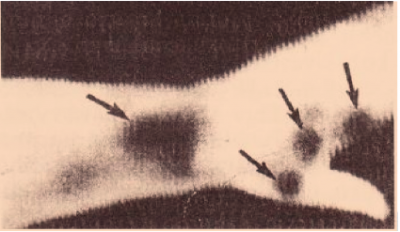
Application of meridian therapy in practice
Jana Maškova (Ing. Bc.), BICOM Therapist, Czech Republic
Acupuncture pathways, or meridians, are the connections of acupuncture points in the body. They originate in Chinese medicine. Despite their existence, they have not been recognised by conventional medicine. Although it is evident that these energy pathways work, science has not gone so far as to prove it.
These biologically active points exhibit different properties than the rest of the surface of the skin, which is why they can be proven by electro‐detection devices as well as through thermovision (see figure).

Figure 1
The basis of Chinese medicine is called the pentagram. You can read a lot in it (see figure 2).
Mother/son rule
The son is the element that follows clockwise after his mother. The mother always supports her son (tonifying). This means if any element shows imbalance, you also have to look at the mother to check if she is all right. If not, then the mother also needs to be treated. The reverse direction is governed by the opposite rule – the son draws energy from his mother (sedative).
We cannot apply other rules of the pentagram so directly – but it is also worth learning about other rules of Chinese medicine in greater depth. This ancient system has a comprehensible logic, so there is no need to learn it by heart.
Each element has 2 meridians – one yang and one yin (exception: the element fire has 4 meridians: 2x yang and 2x yin). Each meridian has 2 equal branches, left and right. The names indicate the corresponding organs. Yin organs are full and are all vital organs (heart, liver, kidneys, lungs, pancreas). Yang organs are hollow. They are what are known as buffers, and act like a bumper or a kerbstone for the yin organs.
Localising yang and yin meridians can be described in terms of a person standing bent over, with their arms resting on their body and palms on their legs, and who is illuminated. The yang meridians are illuminated (outside), the yin meridians are in the dark (inside); i.e yang is located on the back, head, anterior and lateral surfaces of upper extremities, posterior and lateral surfaces of posterior extremities, while yin is located on the front of the torso, i.e. chest and abdomen, and on the inner sides of the extremities.
Generally, the yang principle is called up, the yin principle is called down. However, this applies to inorganic nature; living organisms are dynamic systems and yin and yang are therefore also dynamic and remain in constant motion.
On rule applies:
The yang meridians always begin or end at the head, the yin meridians always begin or end in the chest area.
Imagine the person standing and with their arms raised – the following principles apply:
Yang goes downwards, yin rises up. From this we can deduce the direction of flow of meridians. Yang meridians run downwards, the end points are on the extremities and on the head, while yin meridians run upwards with their end points on the extremities and on the chest.
Figure 3 – Organ clock https://www.facebook.com/CreativeKinesiology/
The figure below shows the course of meridians:
Figure 4 https://hunt4truth.wordpress.com/2014/01/04/how‐energy‐travels‐in‐the‐body/
As the figure demonstrates, the sequence follows the organ clock. The daily energy run starts at 3 o’clock in the morning with the lung meridian on the chest, runs up to the thumb on the hand. Then it jumps over to the index finger where the large intestine meridian begins. The large intestine has its time between 5 and 7 o’clock and the large intestine meridian ends on the head next to the nose. The energy jumps a few centimetres further to the beginning of the stomach meridian under the eyes. The yang‐stomach meridian runs from 7‐9 o’clock down to the 2nd toe in its double hour. The meridian continues from the pancreas/spleen, at 9‐11 o’clock. It starts on the big toe and like a proper yin acupuncture pathway it runs upwards and ends on the chest. And so it continues, forever changing. 2 yang meridians are always followed by 2 yin meridians. The circuit ends between 1 and 3 o’clock at night with the liver meridian.
These directions also correspond to acupuncture point numbers.
This means that energy in the body has a certain direction of flow that is always observed. We can exploit this with meridian flooding.
Meridian flooding:
The acupuncture pathways in the body must be kept in such a condition as to allow the circulation of energy as described above. We can identify the state of meridians in three ways using EAV (this is also how we determine the state quantitatively). Furthermore, we can determine the meridian level kinesiologically or through the tensor.
We can test meridians when there are problems with the relevant organs or in the path of the meridians, or when there are interrelated problems.
Test with the tensor:
We connect the tensor with the button applicator or with the gold finger. We place the applicator on the end point of the relevant acupuncture pathway, which is located on the extremities (hand and foot). It is the end and starting point of the subsequent acupuncture pathway. After that we can perform a test.
If the oscillation of the tensor is horizontal, the trajectory is OK.
If the oscillation is vertical, the meridian is not flowing optimally and flooding should be performed.
Kinesiology test:
We place a finger on the test point of the acupuncture pathway (just like the tensor test) and through this test the strength or weakness of the hand (after performing the yes/no test to see if the person is testable).
If the arm stays firm, the pathway is fine.
If the arm cannot withstand the pressure and can be pushed down, the pathway is damaged and needs to be treated. In this case, the acupuncture pathway must be flooded to improve or rectify the condition.
How is meridian flooding effected?
We first select the programme from the table (see below). Four programmes are set for each meridian. Two programmes in the normal frequency range and two in the lowest frequency range.
In both categories, one of the individual programmes is named acute. The second is named chronic. We choose the programme that suits the patient from the list.
We enter all four programmes for the relevant meridian in the BICOM®. The programme that balances the meridian is the correct programme for treatment. The programme should show a value of 50 in the EAV test. In the kinesiological test – a firm arm and the tensor indicates us a horizontal oscillation. In this way, we have chosen the best programme for meridian flooding.
We switch the entry to a terminal point of the meridian pathway – and we switch the exit to the other terminal point of the path. But how do we recognise the entry and exit?
The selection of the entry and exit points determines the direction in which the acupuncture pathway is flooded.
The BICOM® instructions state that acupuncture pathways should always be flooded in both directions. However, I do not think this is necessary.
If we know the direction of energy flows in the body, it is clear in which direction the pathway needs to be flooded.
The end acupuncture point must be connected to the conductive cable. It is possible to use the button applicator, the gold finger or the adhesive applicators for contact with the point. You have to hold the applicator all the time during flooding, which is uncomfortable. Adhesive applicators, which can be purchased from REGUMED, are therefore very practical.
If both branches of the pathway (left/right) are damaged, it is usually sufficient to flood one branch – the second branch will usually “heal itself”. We choose the side where the symptoms occur.
It is possible to apply the input applicator to the problem area for amplification.
When the programme is finished, we check the state of the acupuncture pathway or the patient’s condition to see if they need the selected programme one more time. One pass is generally sufficient. However, there are exceptions when it is necessary to apply part of the programme again.
After flooding acupuncture pathways, we check their condition. They should now be in order. This can be tested as described above – with the kinesiological test, the arm is firm, the tensor oscillates horizontally and the EAV reading is 50.
Note on the organ clock:
If the patient wakes up several times during the night at a certain time, you can find what you are looking for with the help of the organ clock. It is necessary to flood the meridian assigned to the double hour of the organ at the time patient wakes. Most of the time, this flooding is enough for the patient to stop waking up at that time.
Meridian flooding – cable connection
Flooding is recommended if the energy of the meridian is damaged or there is any problem in the meridian pathway.
The figures show which meridian point is connected to the black input cable and which meridian point is connected to the red output cable.
The meridian endpoints are also shown in great detail in the IMA programme handbook in the work diagrams.
Meridian programmes hands:
Ly Lymph
acute – 200.1 – H+Di – 3 – 3200.0 (1. Recommendation)
chronic – 201.1 – H+Di – 4 – 3201.0 (2. Recommendation)
Lu Lungs
acute – 210.1 – H+Di – 3 – 3210.0 (1. Recommendation)
chronic – 211.1 – H+Di – 4 – 3211.0 (2. Recommendation)
LI Large intestine
acute – 220.1 – H+Di – 3 – 3320.0 (1. Recommendation)
chronic – 221.1 – H+Di – 4 – 3321.0 (2. Recommendation)
NS* Nervous system
acute – 230.1 – Ai – 3 – 3340.0 (1. Recommendation)
chronic – 231.1 – H+Di – 4 – 3341.0 (2. Recommendation)
CS Circulatory system
acute – 240.1 – H – 3 – 3300.0 (1. Recommendation)
chronic – 241.1 – H+Di – 4 – 3301.0 (2. Recommendation)
Al Allergy
acute – 250.1 – H+Di – 3 – 3350.0 (1. Recommendation)
chronic – 251.1 – H+Di – 4 – 3351.0 (2. Recommendation)
MB Metabolism
acute – 260.1 – H+Di – 3 – 3240.0 (1. Recommendation)
chronic – 261.1 – Di – 4 – 3241.0 (2. Recommendation)
TW Triple warmer
acute – 270.1 – H+Di – 3 – 3360.0 (1. Recommendation)
chronic – 271.1 – H – 4 – 3361.0 (2. Recommendation)
He Heart
acute – 280.1 – H+Di – 3 – 3280.0 (1. Recommendation)
chronic – 281.1 – H+Di – 4 – 3281.0 (2. Recommendation)
Si Small intestine
acute – 290.1 – H+Di – 3 – 3290.0 (1. Recommendation)
chronic – 291.1 – H+Di – 4 – 3291.0 (2. Recommendation)
Meridian programmes feet:
SP Spleen/pancreas
acute – 300.1 – A – 3 – 3260.0 (1. Recommendation)
chronic – 301.1 – H+Di – 4 – 3261.0 (2. Recommendation)
Li Liver
acute – 310.1 – H+Di – 3 – 3310.0 (1. Recommendation)
chronic – 311.1 – A – 4 – 3311.0 (2. Recommendation)
Jt Joints
acute – 320.1 – Di – 3 – 3270.0 (1. Recommendation)
chronic – 321.1 – H+Di – 4 – 3271.0 (2. Recommendation)
St Stomach
acute – 330.1 – H+Di – 3 – 3250.0 (1. Recommendation)
chronic – 331.1 – Di – 4 – 3251.0 (2. Recommendation)
CT Connective tissue
acute – 340.1 – H+Di – 3 – 3330.0 (1. Recommendation)
chronic – 341.1 – H – 4 – 3331.0 (2. Recommendation)
Sk Skin
acute – 350.1 – H+Di – 3 – 3230.0 (1. Recommendation)
chronic – 351.1 – A – 4 – 3231.0 (2. Recommendation)
FT Fatty tissue
acute – 360.1 – H+Di – 3 – 3370.0 (1. Recommendation)
chronic – 361.1 – H+Di – 4 – 3371.0 (2. Recommendation)
Gb Gallbladder
acute – 370.1 – H+Di – 3 – 3380.0 (1. Recommendation)
chronic – 371.1 – H – 4 – 3381.0 (2. Recommendation)
Ki Kidney
acute – 380.1 – H+Di – 3 – 3390.0 (1. Recommendation)
chronic – 381.1 – Ai – 4 – 3391.0 (2. Recommendation)
Bl Bladder
acute – 390.1 – H+Di – 3 – 3220.0 (1. Recommendation)
chronic – 391.1 – Di – 4 – 3221.0 (2. Recommendation)
Case studies:
Case history no. 1
Patient 56 years old, problems with Lyme disease for many years, borrelia elimination helped very well at the beginning, but the symptoms kept returning. The symptoms were in the lower leg so I flooded the SP meridian, and the patient has been free of symptoms ever since (approx. 3 years).
Case history no. 2
Patient 21 years, dancer, acute pain in the dorsum of the foot that had persisted for several months. It was very bothersome – she could hardly walk. She consulted a large number of doctors, a fatigue fracture was suspected, but nothing helped. The pain was always very disruptive. At first I did not know what the cause was either. So I undertook a kinesiological test on different points on the back of her foot. All were OK. All were OK, only in the pathway of the liver meridian were all points testable. One pass of pro‐ gramme 311.1 in the form of liver meridian flooding was sufficient and the persistent complaints were gone for good and she was soon able to dance again.
Shu points
Enabling points (also called Shu points) are located on the inner branch of the bladder meridian. They are named after the meridians connected to them. It is generally assumed that after toning treatment they supply energy to the meridians named after them (e.g. through moxa).
Di‐Shu point: According to its location (L4/5) it points to the connection between this vertabral segment and the large intestine, i.e. a herniated disc at this level indicates a problem with the large intestine. Or further down: you must always think of the bladder with low back pain.
Bl 13 = Shu point of the lungs
Bl 14 = Shu point of the circulation, for hyper‐ and hypotension (4th Th)
Bl 15 = Shu point of the heart (5th Th), has a balancing effect on the heart muscle, for anxiety
Bl 17 = Shu point of the diaphragm + master of the blood (anaemia point) (7th Th), Roemheld, singultus (Hicks)
Bl 18 = Shu point of the liver (9th Th); diseases of the liver, gall bladder, stomach; in eye diseases; psychic excitations
Bl 19 = Shu point of the gall bladder (10th Th), for liver and gall bladder disorders, lateral rib pain
Bl 20 = Shu point of the spleen + pancreas (11th Th), effect on the lymphatic system, digestive disorders, weak constitution
Bl 21 = Shu point of the stomach (12th Th), indigestion, feeling of fullness, flatulence, nausea
Bl 22 = Shu point of 3 ‐ warmer (1st LS), lower back pain, digestive disorders
Bl 23 = Shu point of the kidney (2nd LS), low back pain, diseases of kidney and bladder, menstrual pain
25 = Shu point of the large intestine (4th lumbar vertebra), diseases of the large intestine, constipation, pain in the lower back, lumbago, paralysis and sensory disturbances in the legs.
Bl 27 = Shu point of the small intestine (lateral to the 1st sacral foramen = sacral hole), lumbago, diarrhoea
Bl 28 = Shu point of the bladder (lateral to the 2nd sacral foramen), cystitis, lumbago, sciatica.
Figure 5 – https://www.evidero.de/ruckenschmerzen‐behandeln‐mit‐gua‐sha
Thank you very much for your interest
Jana Maškova
